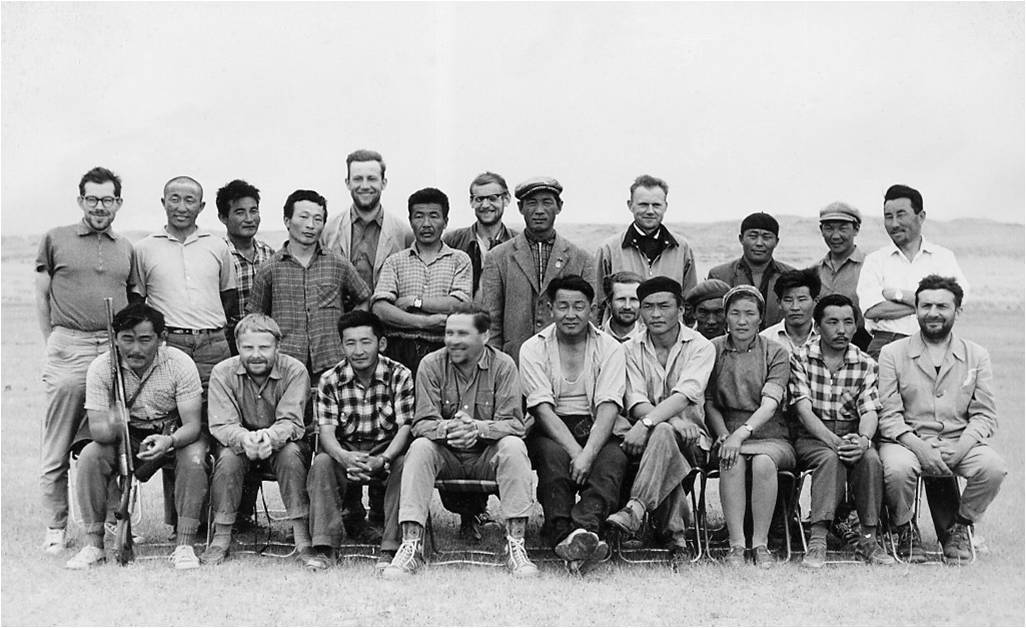Ringing birds for scientific research was started in Mongolia by Russia–Mongolia joint biological expeditions during 1976-1980, and followed by Germany – Mongolian joint biological expeditions during 1988 – 2017. Also a bird ringing team from Hungary worked between 1994 -1996, 1998 and 2005 respectively. These operations can be regarded as “the initial stage” of scientific bird banding in the country. As collectively, they had ringed over 15000 individuals of around 200 species. All rings used during these period on the territory of Mongolia were brought by the researchers from their own countries.

The first Mongolian addressed ring was made for Cinereous Vultures in 2002 y Dr. Nyambayar Batbayar. Since then the bird ringing activities in Mongolia has significantly increased. Many active bird ringing projects have been carried out across Mongolia mostly for water birds and birds of prey. Later shorebird and song bird ringing projects initiated by various research groups.
Avian influenza surveillance related projects played a vital role in the expansion of wild bird capture and marking in Mongolia since 2006. In 2006, WSCC biologists along with its partners have color-marked a large number of waterbirds including swan goose and whooper swans in eastern Mongolia. The project was an important part of a major effort to understand Highly Pathogenic Avian Influenza (HPAI) virus prevalence in wild birds and disease transmission among waterfowl populations in Mongolia. Also, these same species have been satellite-marked and tracked from Mongolia. Since then many speceis of water birds have been marked with different techniques by several projects to understand movement of waterfowls along the East Asian and Central Asian Flyways.

The Khurkh Bird Ringing Station, which is the first stationary ringing station, was established by Wildlife science and conservation center of Mongolia. It started ringing activities only during spring season in 2015 and 2016. Since 2017, it has become fully operational for spring and autumn season. The main goal of ringing station is to carry out a long term migratory bird monitoring at the location, train young generation of ornithologists, and raise public awareness about bird conservation through migratory bird study and ringing. The station has ringed over 15,100 individuals of 145 species during the 260 ringing days since it started. Two addtional ringing stations opened recently in Khovd and Dariganga.
